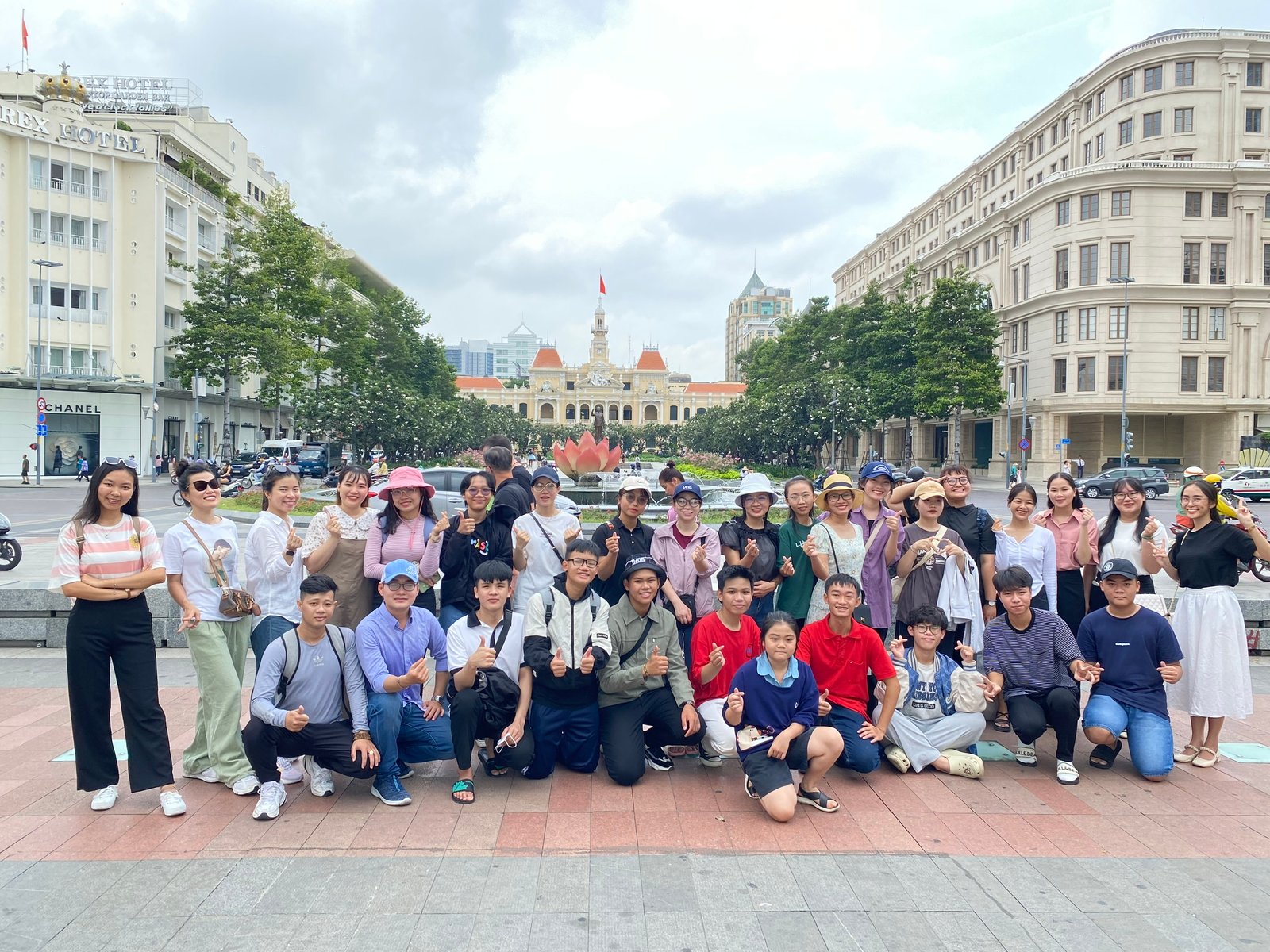In the late 1100s, a master chieftain united a group of wandering tribes into a powerful army. He was called Genghis Khan; the tribes were the Mongols. All were toughened by a harsh life spent herding on the treeless plains of northeastern Asia.
Determined to train the best army of his time, Genghis built up a formidable cavalry force. Using new weapons such as smoke bombs and gunpowder, they were invincible. In 1211, the Mongols invaded China, then swept through Asia. They moved at incredible speed, concentrating their forces at critical moment. All their military operations were planned to the smallest detail. Looting and burning as they came, they struck terror into the hearts of their enemies.

In 1227, Genghis Khan died, leaving a huge empire to his four sons, who extended it through Asia Minor into Europe. However, the empire broke apart as rival Khans (Mongol kings) battled for control.
Who is Genghis Khan?
Temujin (1162- 1227) was the son of a tribe chief. His father was murdered when Temujin was still a child, and when he grew up, he defeated his enemies, united all other tribes under his control, and took the title Genghis Khan, “prince of all that lies between the oceans”. He aimed to conquer the world.

Mongol Khanates
After Genghis’s death, the Mongol Empire divided into four khanates, or states, with different rulers. Kublai, grandson of Genghis, ruled the eastern khanate. The smaller western empires, although briefly united in the 1300s by Tamerlane the Great, gradually disintegrated.
Composite Bow
Mongol made their deadly bows out of wood, horn, and sinew, which gave the bows incredible power. The Mongols were superb archers, able to string, aim, and fire at full gallop. They developed armour- piercing arrows, whistling arrows for signalling, and even arrows tipped with grenades.

Yurts
Tribes wandered the Mongolian steppes following their herds of sheep, goats, cattle, and horse. They lived in circular tents called yurts, which they took with them when they moved. The women drove wagons which held the yurts; the men hunted, looked after the herds, and traded for grain and metal. Mongols of today still live in yurts
